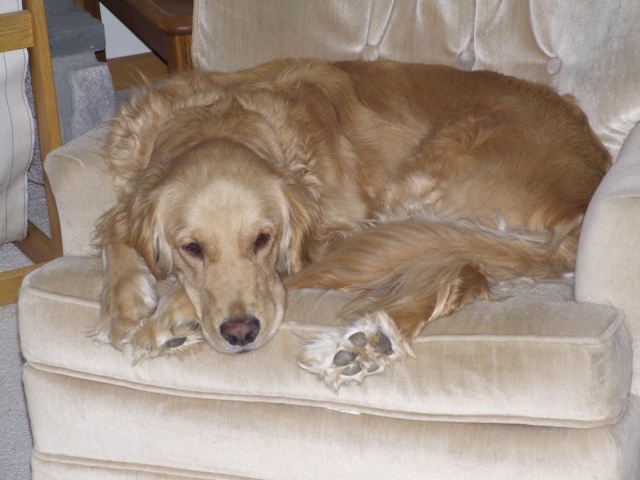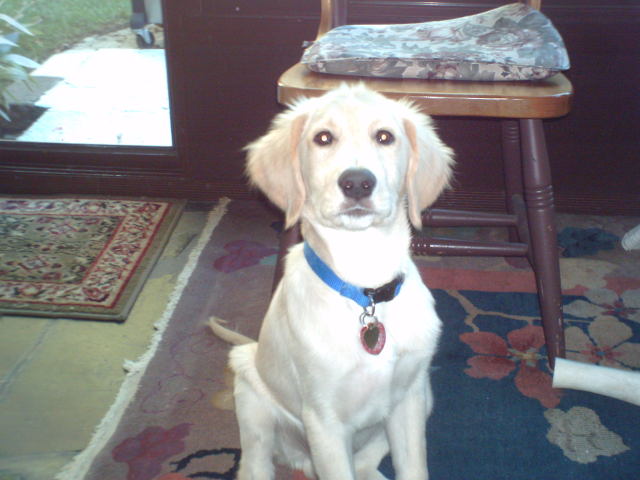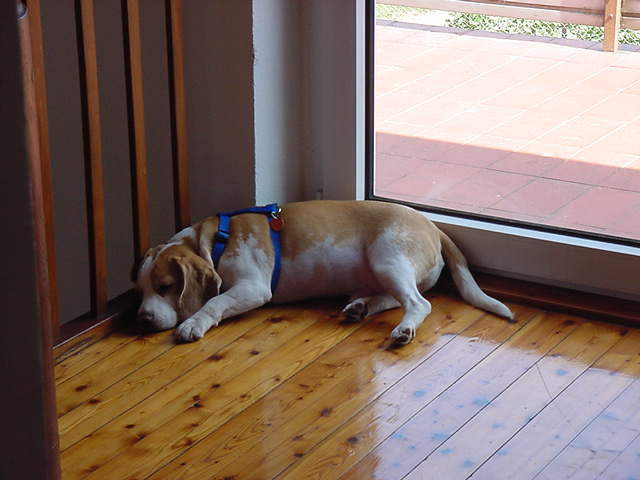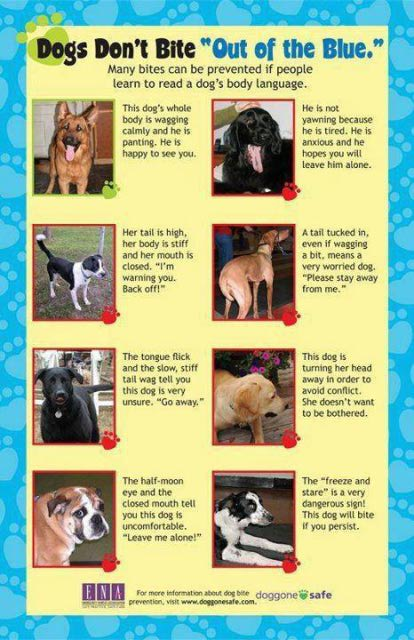QuestionHello. I'm not sure if you remember me or not, but I wrote you a while back about my 16 month old male Mastiff that my husband brought home. He had a leash issue, and barked at people outside. I just wanted to let you know that we followed your advice, and did everything that you said. He's doing a lot better about meeting strangers. We were able to get our neighbors invloved, and it made a huge difference in him. When a person comes to the fence now, he may bark once, but if the person speaks to him in a friendly manner, he will wag his tail. He still refuses to let complete strangers pet on him, but he is more willing to let them near without freaking out. When people come into the house, he no longer runs and hides, or pees on himself. He's not in their faces, please pet me kind of thing, but he's more interested in people now. His favorite things are the big bouncy balls, and Twizzlers. So, when he's doing a behavior that we don't want him to do, we distract him with one of his favorite things. He really has come around a lot, and just seems more relaxed and happy. We're still working on the leash thing. I was able to get the leash snapped on, and he even walked a few steps the other day. We're going at baby steps. You were concerned about our young female Mastiff pup, about her watching him and taking on his behaviors. We make sure that she gets out of the house and meets at least one new person a day. She's also in contact with new and different dogs. We have really put an effort in making sure she doesn't become fearful. I hope we're doing that right.
On to the question...after I contacted you, my husband was out doing some shopping. The person we got our male from called him on his cell phone and asked him if he wanted the dog's sister. So, he came home with another 175 pound dog. I asked him why didn't he call, or ask me first, he said he didn't have time, had to say yes or no right then. He also figured that we're doing such a good job with her brother, that we had the room, we would be a good home for her as well. She is such a great girl. She's more accepting of new people and new animals than her brother was at first. Her tail is always going, just a happy girl, never barks at anyone. However, she has the same reaction to the leash as her brother, hits the ground. I tried doing what you told me to do with the boy, only much slower. If she even sees a leash, she starts to shake and will run and hide. She also had the same reaction about people making fast moves, and even ducking her head when you went to pet her. We've really worked with her, and she's coming out of that nicely. What else can I do for this girl about the leash problem? I'll take it as slow as she needs, don't want to further distress her. Is there another method that we can use for her? You were such a help before, and I really want to thank you for all of your great advice.
I just wanted to tell you a bit more about our 'pack'. We have a 13 year old female doberman/collie mix. She was my mom's dog, but my mom passed away last year, so this old girl came to live with us. She is a great gal, I refer to her as the 'Stepford' dog. Lassie has nothing on this old lady.:-) Then, we have a 7 month old male Boxer, that is to be our show hopeful. He's, well, a Boxer. lol Then we have the 5 month old female pup, and the two 16 month old Mastiffs. They all get along really well together, no problems there. The rest of the dogs seem to respect the older dog, leaving her alone. When one's eating and she walks into the room, they leave the food dish and walk away. As a 'pack', they all get along really well. Sorry so long.
P.S. I took my husband's cell phone away.:-)
AnswerCONGRATS on curtailing (pun intended) your husband's cell phone use! ;o)
And congrats on doing a great job with the young Mastiff; now, about his sister...contact the AKC club and report that breeder. The Mastiff is NO breed to be messing with, and she certainly is doing that. I have no doubt they already know ALL ABOUT HER. That's your first assignment.
Second, be very careful not to let brother and sister over bond; they will sink quickly to the lowest common denominator in behavior. Not only do they share the genetics (very poor), but they also share the abusive behavior (I have no doubt there's abusive behavior in that breeder's home/kennel.) Fear of being led on leash can be a symptom of not ever having been led on leash, and it can also be symptomatic of severe abuse (e collar, pronged collar, choker, etc.) To treat a very bad case of "slug puppy", one must create a totally NEW experience with the leash. Begin to use play training with this dog (link: http://www.dogplay.com/Activities/obedience.html) Once the play object has been established, and you have successfully taught her ONE STRONG behavior, use this object as a diversion. Several times a day, carry the leash into her presence (with no other dogs around.) Sit on the floor. Do not give her ANY ATTENTION if she shows fear. Simply sit there. The moment she comes out from hiding, (no matter how long this takes), produce your play training object. Observe the dog carefully. Watch her eyes. If she tracks the object, REWARD HER. Don't ask for any behavior, just REWARD her tracking the object and ignoring the presence of the leash. It's impossible to predict how slowly or quickly this diversionary method will assist her to overcome her fear of the presence of the leash, but IT WILL. Once this is accomplished, move to attaching the leash to her collar (very, very slowly) and then, obviously, slowly progress toward using the play training trophy to provoke her going forward on leash to get it. You must have a strong working knowledge of clicker training to do this properly. Go to Karen Pryor's website. ALL your dogs will LOVE clicker training. In fact, teaching one of your older, more stable dogs in front of the fearful Mastiff will greatly facilitate her learning. Also, leading your other dogs around on leash in front of her, with multiple food reward for them, will help her to make a cognitive correction regarding the leash. Dogs learn MORE EASILY when observing other dogs. Be patient (as I know you will!) and please report back with any other questions and progress reports.

 aggression in aging dog
Question
Niko
I have a thirteen year old, female, Samoy
aggression in aging dog
Question
Niko
I have a thirteen year old, female, Samoy
 my 7 month old golden changed for the worse
QuestionRiley at 6 months
QUESTION: I got a gold
my 7 month old golden changed for the worse
QuestionRiley at 6 months
QUESTION: I got a gold
 licking the floor not stop
QuestionGeorgie
QUESTION: Hi,
I have a 7 year ol
licking the floor not stop
QuestionGeorgie
QUESTION: Hi,
I have a 7 year ol
 Agressive 1 yr old mini goldendoodle
Question
our millie
My husband and I got our min
Agressive 1 yr old mini goldendoodle
Question
our millie
My husband and I got our min
 Is this aggression, dominance, or play?
QuestionQUESTION: I have a question regarding doggy beh
Is this aggression, dominance, or play?
QuestionQUESTION: I have a question regarding doggy beh